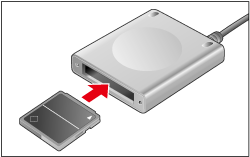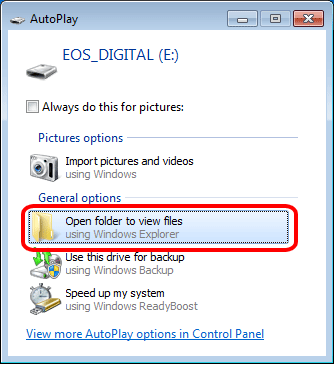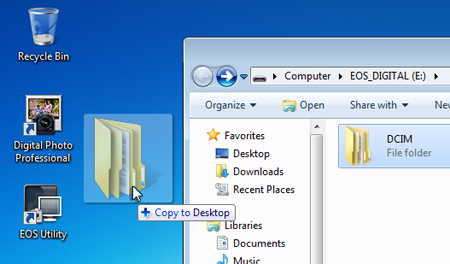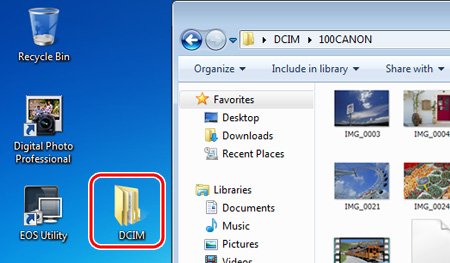- Meet Our Illuminaries
- Discussions & Help
- Gallery
- Learn With Canon
- About Our Community
- Meet Our Illuminaries
- Discussions & Help
- Gallery
- Learn With Canon
- About Our Community
- Canon Community
- Discussions & Help
- Camera
- EOS DSLR & Mirrorless Cameras
- Mac doesn't recognize my EOS Rebel T2i
- Subscribe to RSS Feed
- Mark Topic as New
- Mark Topic as Read
- Float this Topic for Current User
- Bookmark
- Subscribe
- Mute
- Printer Friendly Page
Mac doesn't recognize my EOS Rebel T2i
- Mark as New
- Bookmark
- Subscribe
- Mute
- Subscribe to RSS Feed
- Permalink
- Report Inappropriate Content
10-21-2018 12:54 AM
I'm trying to download photos from my EOS Rebel T2i and I'm getting a busy signal on my camera and my camera isn't showing up as a device on my computer. I 'm running MacOS Mojave.
I've never had a problem before, but I did some agressive computer housekeeping and I must have deleted something important... like the EOS Utility. Yes. Oops. But I downloaded it again, the one for the T2i and a few other versions, and none of them worked.
What am I missing?!
Thanks!
- Mark as New
- Bookmark
- Subscribe
- Mute
- Subscribe to RSS Feed
- Permalink
- Report Inappropriate Content
03-17-2020 08:02 PM
Hello,
If your camera is not compatible with the OS on your computer, you can download photos or movies shot with the camera using a card slot on the computer or a commercially available card reader.
- If you are using an SDHC card or an SDXC card, you may not download images from your computer or card reader due to differences in the file systems. Please confirm that the SDHC or SDXC card is compatible with your computer or card reader beforehand by checking the Web pages of the card manufacturers.
- Depending on your computer, software, or OS, you may not be able to play back the imported movies or RAW images. For details on image compatibility, please see the software instruction manual that is included on the CD-ROM bundled with your camera.
Windows 7 is used as an example, but the procedures are mostly the same if you use Windows Vista, Windows XP, or Mac OS X.
To download images, follow the instructions below.
1. Insert the memory card into the card slot on your computer or commercially available card reader. When using a card reader, make sure to connect the computer to the card reader before inserting the card into the reader.

2. The memory card data is loaded to the computer.
- After the following window appears, select [Open folder to view files].
- If the window does not appear, select [Computer](Windows Vista: [Computer]; Windows XP: [My Computer]), [EOS_DIGITAL] from the [Start] menu.

3. Images shot with the camera are saved in the memory card's [DCIM] folder with the following folder structure and file names.

- The "xxx" in the folder names represents a number between 100 and 999.
- For the 1D series cameras, the folder structure is the same for CF cards and SD cards.
- When you perform DPOF settings on the camera, a [MISC] folder is created. The files that manage the DPOF settings are saved in the [MISC] folder.
- A thumbnail file is a file saved with the same file name as the movie and includes shooting information. When you play a movie with the camera, the movie file and the thumbnail file are required.
- When Adobe RGB is specified, the file names of images shot with your camera have an underscore "_" as the first character.
4. Copy images in the folder to the computer. (As an example, the following screenshot shows that the DCIM folder is moved to the desktop of the computer by dragging.)

5. After the folder is copied, open the copied folder to check the images inside.

12/18/2025: New firmware updates are available.
12/15/2025: New firmware update available for EOS C50 - Version 1.0.1.1
11/20/2025: New firmware updates are available.
EOS R5 Mark II - Version 1.2.0
PowerShot G7 X Mark III - Version 1.4.0
PowerShot SX740 HS - Version 1.0.2
10/21/2025: Service Notice: To Users of the Compact Digital Camera PowerShot V1
10/15/2025: New firmware updates are available.
Speedlite EL-5 - Version 1.2.0
Speedlite EL-1 - Version 1.1.0
Speedlite Transmitter ST-E10 - Version 1.2.0
07/28/2025: Notice of Free Repair Service for the Mirrorless Camera EOS R50 (Black)
7/17/2025: New firmware updates are available.
05/21/2025: New firmware update available for EOS C500 Mark II - Version 1.1.5.1
02/20/2025: New firmware updates are available.
RF70-200mm F2.8 L IS USM Z - Version 1.0.6
RF24-105mm F2.8 L IS USM Z - Version 1.0.9
RF100-300mm F2.8 L IS USM - Version 1.0.8
- dusted off my EOS REBEL XT . will not be recognized by my imac. software will not download , to old. in Camera Software
- EOS Rebel T7 stuck on startup screen in EOS DSLR & Mirrorless Cameras
- EOS Rebel T7i stopped recognizing intervalometer in EOS DSLR & Mirrorless Cameras
- How to Connect Rebel T3i to Mac for Image Capture in Camera Software
- EOS Rebel T3 Suddenly Not Recognized As A Camera in EOS DSLR & Mirrorless Cameras
Canon U.S.A Inc. All Rights Reserved. Reproduction in whole or part without permission is prohibited.

